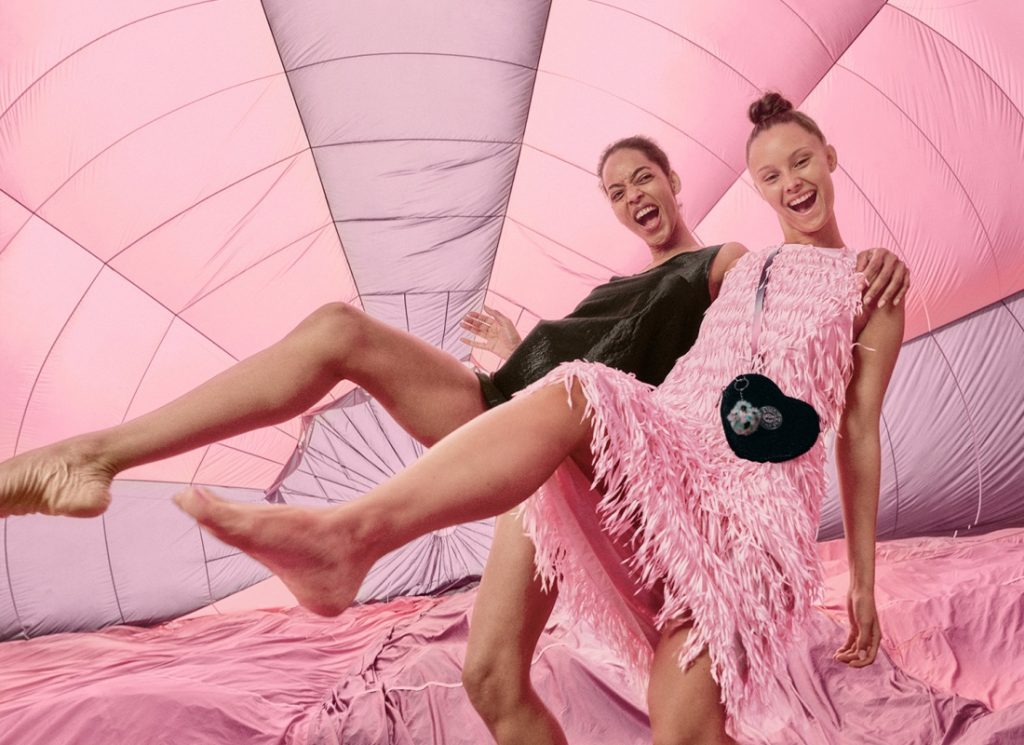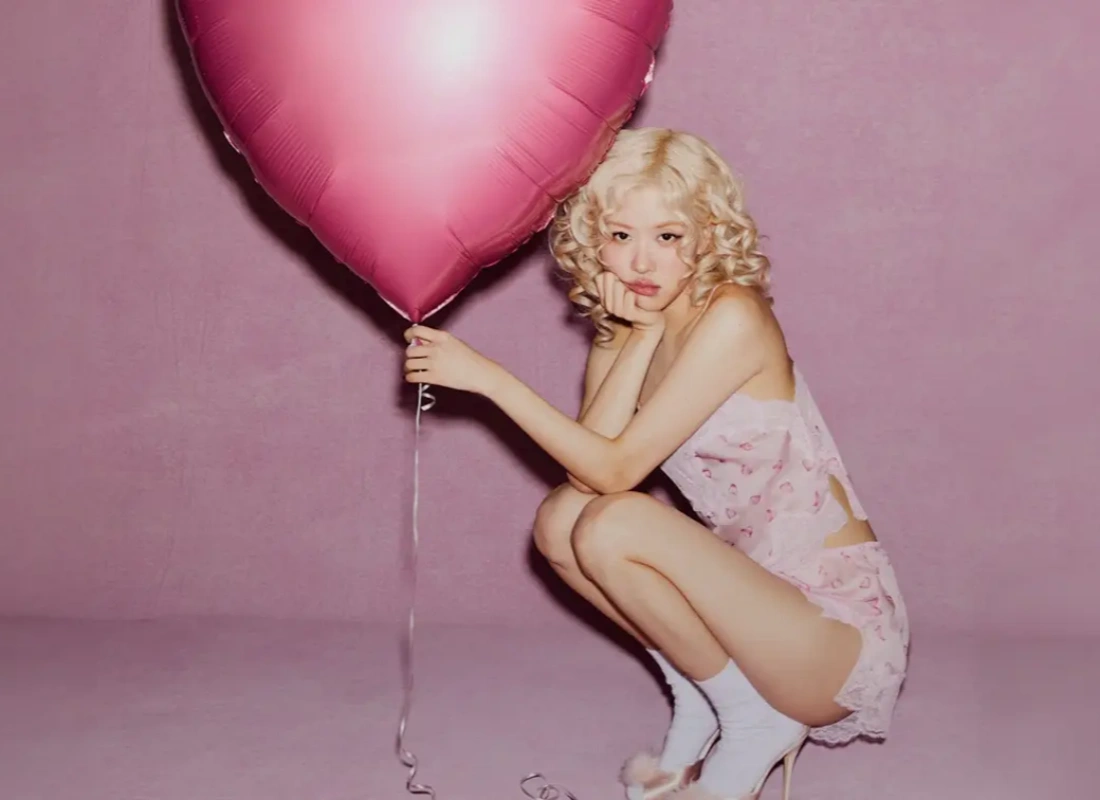One of the primary reasons fashion collaborations are so effective is their ability to attract diverse audiences. When two distinct brands join forces, they often appeal to their respective fan bases, creating a buzz that can lead to increased visibility and sales. This cross-pollination introduces consumers to new styles and ideas, enriching their shopping experience. For instance, collaborations between high-end designers and affordable brands make luxury fashion more accessible, allowing a broader audience to engage with premium aesthetics. This democratization of fashion not only benefits consumers but also enhances brand loyalty, as shoppers feel more connected to brands that offer them exclusive access to high-quality designs.
Moreover, collaborations serve as a platform for experimentation and creative exploration. Designers can venture into new concepts and push creative boundaries without the constraints of their established brand identities. This freedom often results in innovative designs that capture the attention of fashion enthusiasts. Limited-edition collections generated through collaborations create a sense of urgency, encouraging consumers to make purchases before items sell out. The exclusivity associated with these collections enhances their desirability, often leading to a frenzy of interest that can elevate a brand’s profile overnight.

Sustainability is another crucial aspect of fashion collaborations that cannot be overlooked. By partnering with brands that prioritize eco-friendly practices, designers can create collections that reflect a commitment to environmental responsibility. Collaborations focused on sustainable materials and ethical manufacturing processes inspire consumers to make more conscious purchasing decisions. This alignment not only benefits the environment but also strengthens brand loyalty among eco-conscious consumers who seek to support responsible practices in fashion.
Additionally, fashion collaborations can lead to strategic marketing opportunities that amplify brand visibility. Combining resources allows brands to leverage each other’s strengths, whether through shared marketing campaigns or joint events. This collaboration enhances brand storytelling and creates memorable experiences for consumers, fostering deeper connections with the brands involved. Engaging marketing strategies can significantly expand the reach of the collaboration, making it more impactful in an increasingly competitive marketplace.
For consumers, participating in fashion collaborations can be an exciting way to discover new styles and support innovative designers. Paying attention to upcoming collaborations provides opportunities to access exclusive pieces that may not be available through traditional retail channels. Engaging with brands on social media is another way for consumers to stay informed about new launches and special events related to collaborations, creating a sense of community among fashion enthusiasts.
Fashion collaborations are not just a passing trend; they represent a powerful way to merge creativity, accessibility, and sustainability in the industry. By understanding the value of these partnerships, both brands and consumers can navigate the ever-evolving fashion landscape with greater awareness and enthusiasm. Embracing these collaborations opens up a world of possibilities for discovering unique fashion while supporting innovative practices that shape the future of the industry.

